New information about molecular electronics is revealed after conducting DFT simulations.
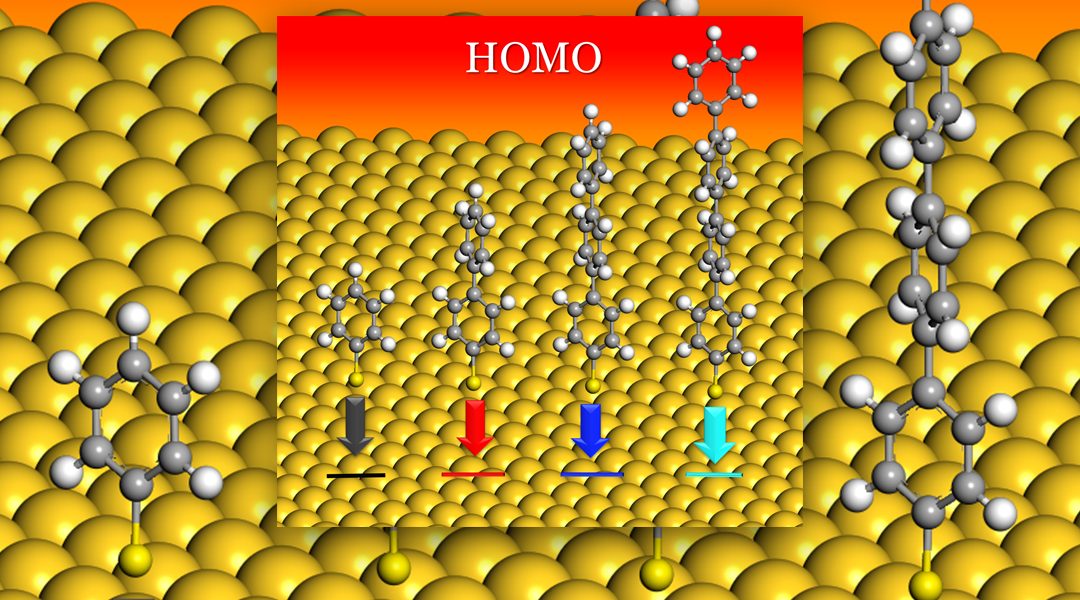


New information about molecular electronics is revealed after conducting DFT simulations.
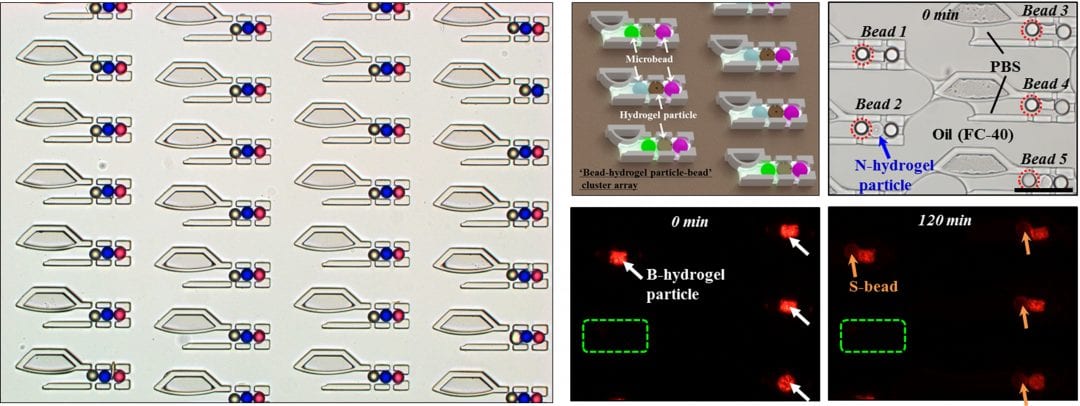
A novel microfluidic platform consisting of numerous hydrodynamically tunable pneumatic valves enables pairing and clustering of different particles.

The new self-healing hydrogel can recover its functionalities after being cut, without external stimuli.
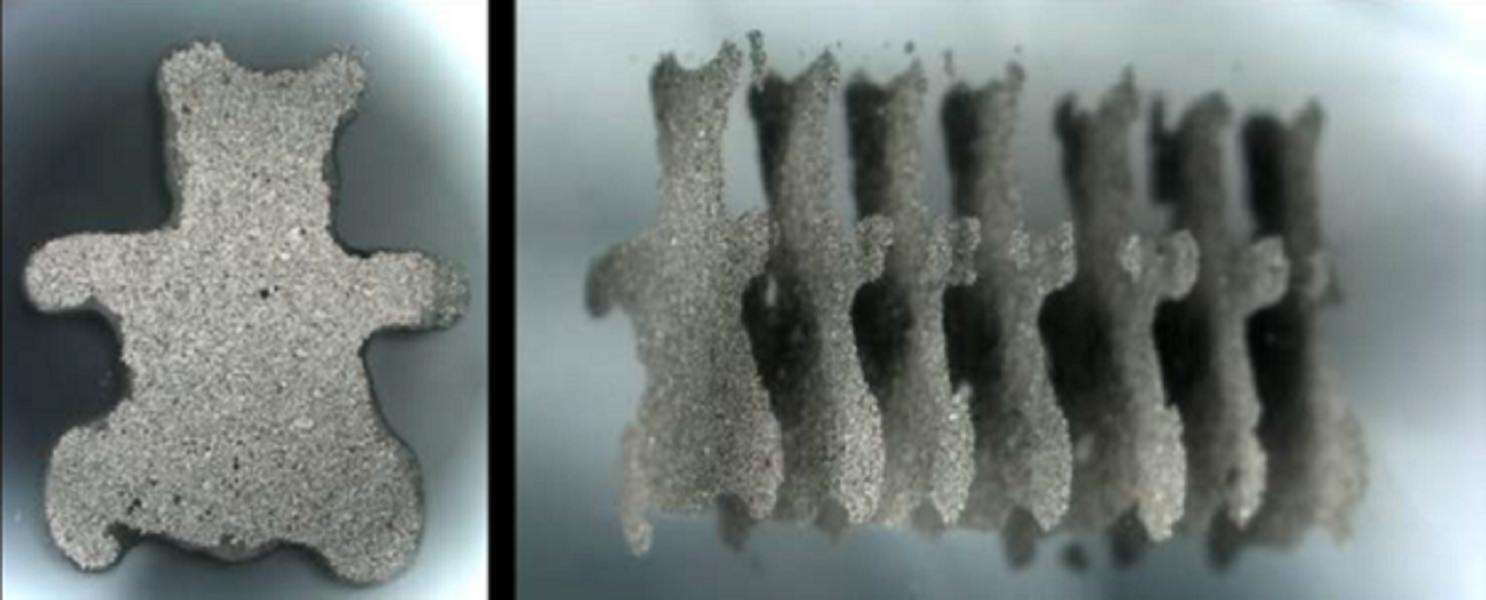
Researchers from South Korea report a dynamic self-assembly technology to fabricate repeating structures from magnetic particles.

Complex multi-material tactile sensors can be printed in situ; a new route toward the biointegration of various sensors in wearable electronics.
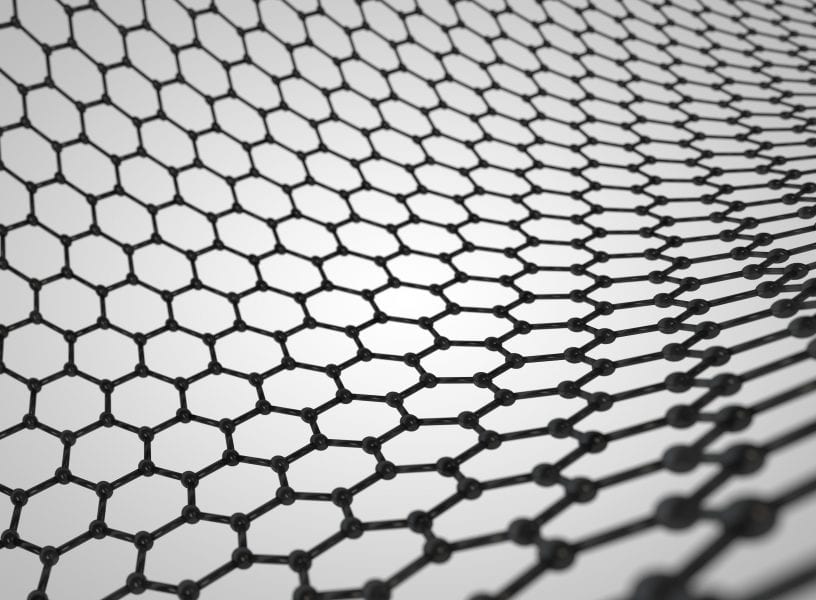
Using an innovative method, super-flexible graphene films are synthesized while maintaining their ultra-high thermal conductivity. (Image credit: Artbox/Shutterstock)

A Boolean logic gate is constructed within a single molecule, controlled by light and protonation.
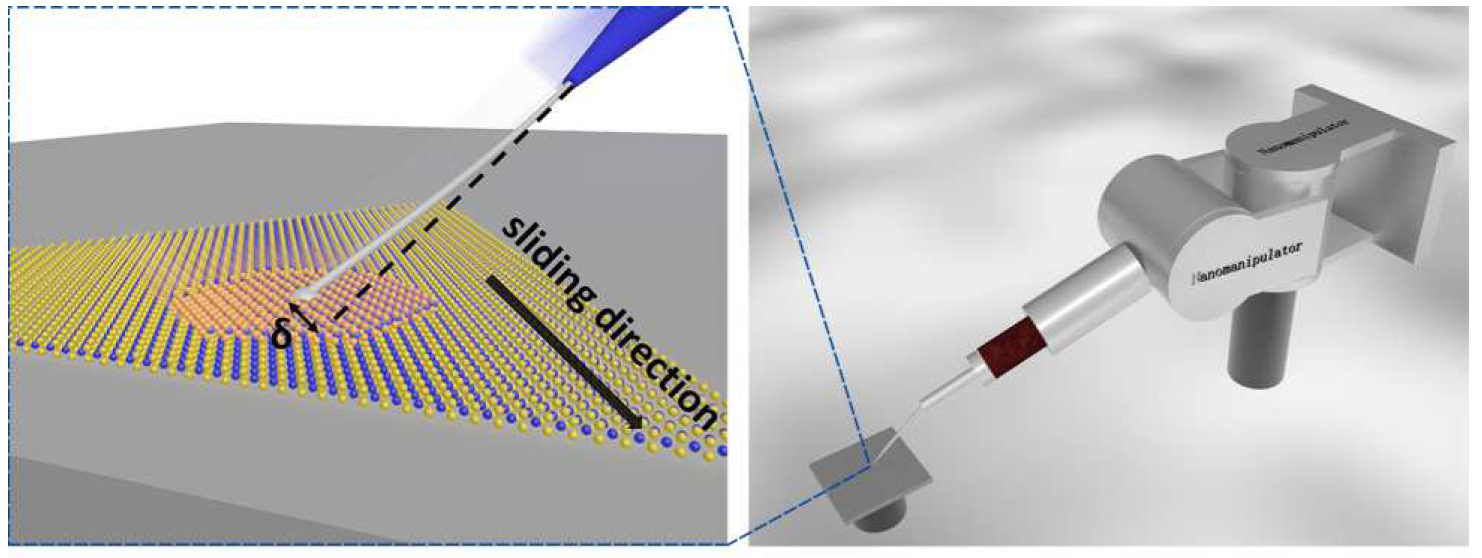
For the first time, the superlubricity between atomic layers of hexagonal molybdenum disulfide has been experimentally studied.
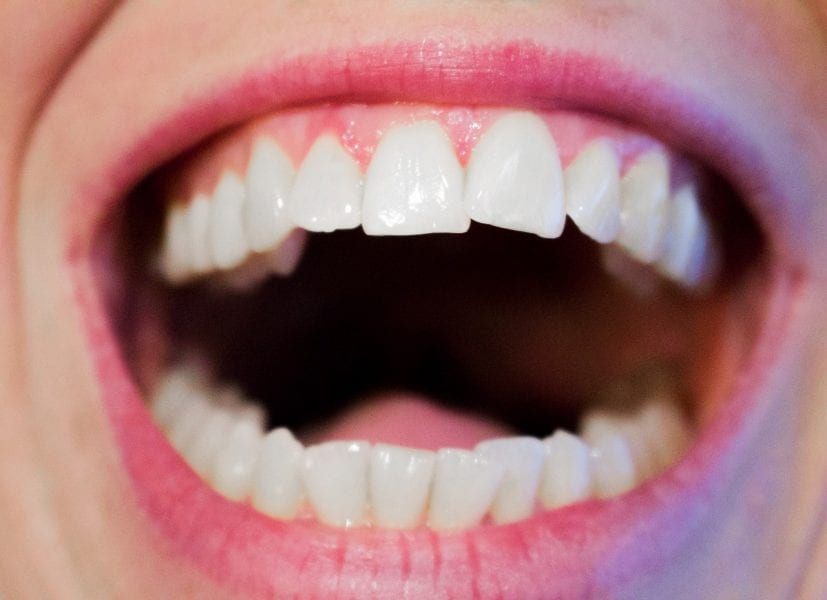
The unmineralized teeth of the giant keyhole limpet are shown to have mechanical properties similar to those of mineralized mammalian bones.
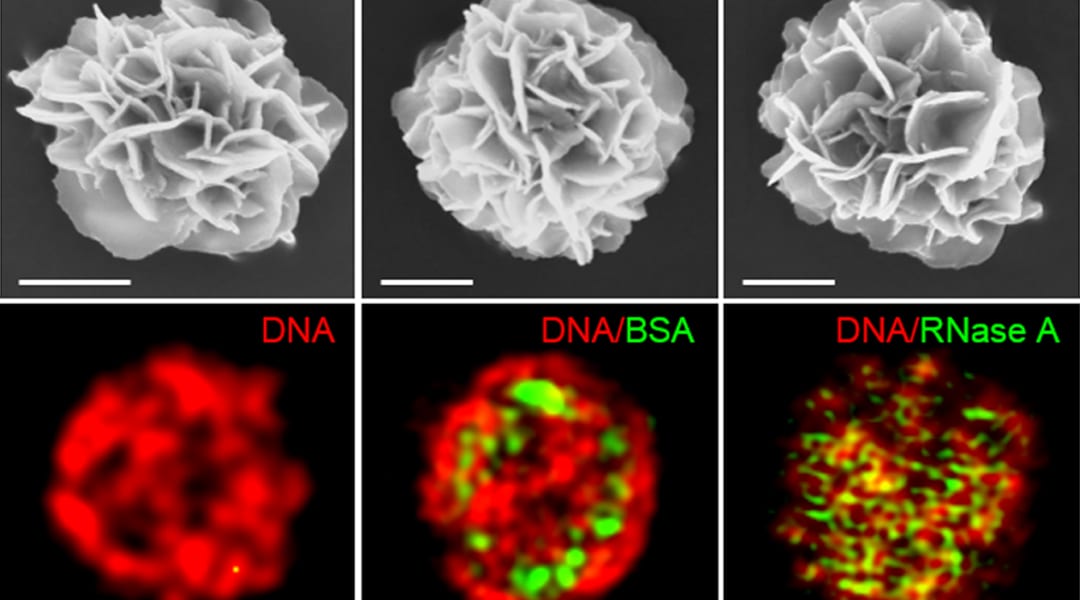
In-situ assembled flower-shaped DNA constructs can be used for an efficient intracellular protein delivery.